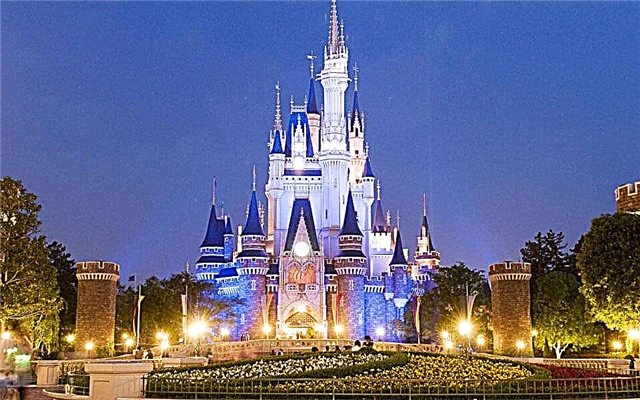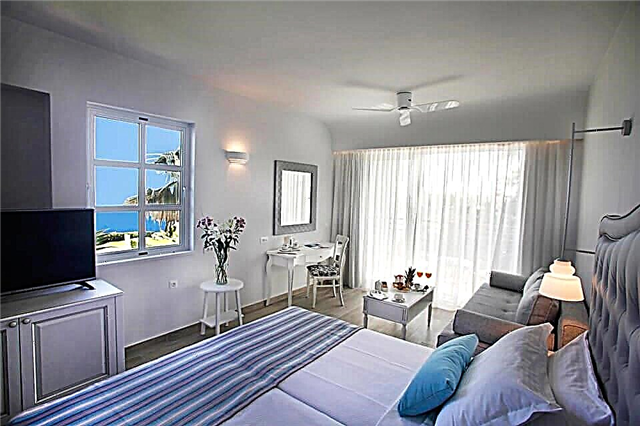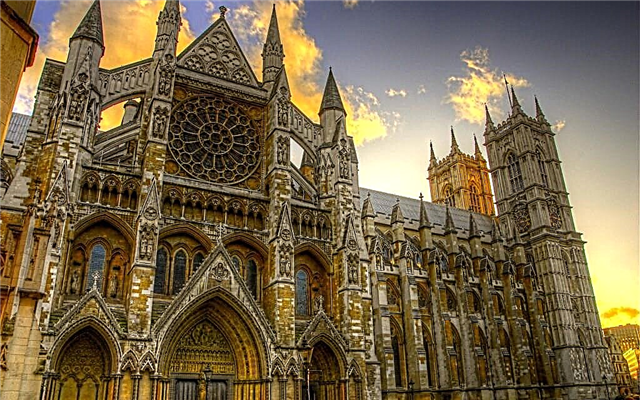Westminster Abbey can without exaggeration be called the highlight of the capital of Great Britain. This is not quite an ordinary church, since within its walls, for several centuries in a row, the monarchs of the island state have been crowned and sent off on their last journey. But most tourists come to the gates of the grandiose structure not at all because of such a significant role of the temple in the life of the rulers of England.
In fact, the church is a unique example of Gothic architecture, thanks to which the complex has been included in the World Heritage List since 1987. If you are a keen connoisseur of Gothic architecture, you like the history of one of the most mysterious and magnificent countries in the world, we definitely recommend taking the time to visit the cathedral complex.
History of creation

According to historical information, the Collegiate Church of St. Peter in Westminster (this is the official name of the building) was built over six centuries - from 1245. The official opening took place in 1745. It is easy to guess that architects of different eras and views took part in the implementation of the bold project. Therefore, the cathedral turned out to be so majestic, versatile and mysterious.
By the way, historians claim that this place was considered special for a long time. The first religious buildings appeared in the vicinity as early as the 7th century. According to experts, the first church was erected under King Sabert and over time was rebuilt and expanded several times, just as the influence of the abbey expanded. In 1245, by the personal order of Henry III, the construction of the complex began, which appears before our eyes. It was this monarch who became the author of the idea to expand the functions of the cathedral by compulsory coronation of English monarchs. Since that time, a tradition has emerged to bury the rulers in a part of the building specially designated for this purpose.
Features of the abbey

Like all cathedrals of the Gothic orientation, the Church of St. Peter appears before us in the form of a cross. The main building can accommodate up to 2000 visitors and occupies an area of 3 thousand square meters. In the eastern part there are chapels, including the famous throughout England chapel of Our Lady of Henry VII. If you want to look at the inspiring image of the eleven apostles, we recommend going to the rosette window, which was created by the hand of the genius J. Thornhill.
Another window, designed by W. Price and successfully decorated with a colorful stained-glass window, looks no less charming. It delights the eyes of visitors to the cathedral since the distant 1735 and miraculously did not suffer during the sad events of the Second World War.

Another unique place in the religious complex is the tomb of the Unknown Soldier. The memorial sign is installed just under the stained-glass window and is dedicated to the human sacrifices that England suffered during the First World War. It is here that you can meet many political officials who come to visit the island and, according to a long-standing tradition, lay bouquets and pay tribute to the memory of the victims.
It is impossible to pass by the grandiose crystal chandeliers that adorn the vaults of the church. These unique lighting fixtures were donated on the occasion of the 90th anniversary of the complex by the famous Guinness family.
But tourists from Russia and other countries that were part of the former USSR feel special pride when they see two grandiose icons belonging to the hand of the genius artist S. Fedorov. One of the paintings depicts Christ, and the second is dedicated to the Virgin Mary with a baby in her arms. These are almost the only modern items that were installed in the church in 1994.
Unusual burial

If you think that only monarchs are honored to rest after death within the walls of a Gothic abbey, you are greatly mistaken. In addition to the rulers of the country, a number of famous poets found their last refuge here. For these purposes, a special place has been set aside in the religious complex, which is called the "Poets' Corner". The first such a high honor was awarded to J. Chaucer in the distant 1400. Later, E. Spencer, S. Johnson, C. Dickens and many other workers of the pen were "accompanied by him".
Ancient garden

If you are lucky enough to be in the famous abbey, you should definitely take a walk through the College Garden, which has existed here for more than nine centuries. The oldest trees were planted almost simultaneously with the construction of the walls that enclose them. It happened in 1849.
Initially, the garden had as its goal the cultivation of those varieties of plants that have medicinal and other useful properties. Fruits and vegetables were also actively grown, which were used as ingredients for cooking for the monks. Today you can find a rich combination of fruit trees, rare shrubs and herbs.
Among the greenery of the garden, it is impossible not to notice the statues of saints, which were originally an element of the altar and date back to 1686. In 1993, the statues were joined by another magnificent sculpture - "The Crucifixion" - the author of which is the Briton E. Piazzotti.
Strict rules

It should be noted that only monks can attend the service in the cathedral. For ordinary citizens, access to the hall was closed. At the same time, a separate place for prayer services was set aside for the laity, which was built in the Romanesque style in 1523. The church bears the name of Saint Margaret and is another unique creation of brilliant architects.
What else to see

In addition to the magnificent stained-glass windows, a huge number of tombstones of famous Englishmen of all times and peoples, one of the concerts of music can also be visited in the cathedral. It is noteworthy that compositions not only of a spiritual orientation sound here. You can even hear contemporary compositions.
The doors of the church are open daily to all tourists. You will not be able to get inside on Sundays, when prayers are held in the abbey.
While on a visit to England, be sure to find the opportunity to visit a unique religious building, which is also a huge treasury of painting masterpieces, different areas of art and historical documents.
Recommended reading What to see in London.











